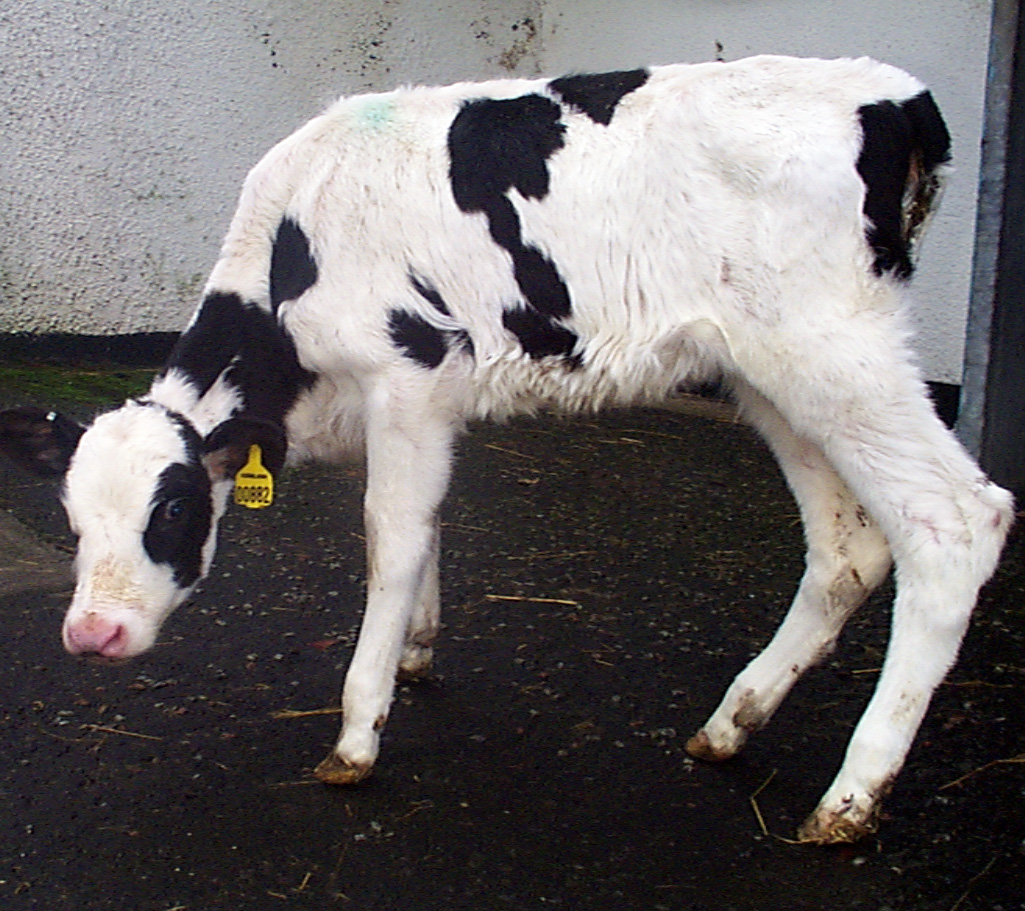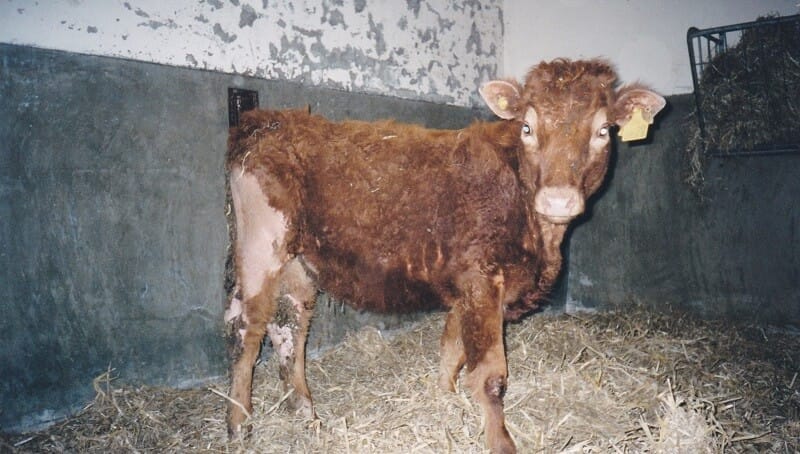Bovine viral diarrhea (BVD) is a significant concern for cattle farmers, causing economic losses and health issues within herds. As a cattle health expert, managing and preventing the spread of BVD is crucial for maintaining a healthy herd. In this blog post, we will discuss the top 5 tips for effectively managing Bovine Viral Diarrhea in your cattle, providing expert advice on how to protect your livestock and ensure their well-being.
Key Takeaways:
- Implement biosecurity measures: Ensure only seronegative animals enter your herd, practice proper isolation procedures, and maintain strict hygiene protocols to prevent the entry and spread of Bovine Viral Diarrhea (BVD).
- Regular testing and monitoring: Conduct routine testing to identify persistently infected (PI) animals early, allowing for their removal from the herd to prevent the spread of BVD. Regular monitoring helps track the health status of your cattle and detect any potential issues promptly.
- Vaccination strategy: Work with your veterinarian to develop a targeted vaccination program that takes into account the herd’s specific risk factors and ensures all animals are protected against BVD. Regularly review and update the vaccination strategy based on the latest research and insights.
Fundamentals of BVD Prevention
Vaccination Strategies
There’s no doubt that vaccination is a crucial aspect of Bovine Viral Diarrhea (BVD) prevention in your herd. Implementing an effective vaccination program can significantly reduce the risk of BVD transmission and minimize the impact of the disease on your cattle. Consult with your veterinarian to develop a vaccination strategy tailored to your herd’s specific needs and risk factors.
Biosecurity Measures
With biosecurity measures, you can further strengthen your herd’s defenses against Bovine Viral Diarrhea. By implementing strict biosecurity protocols, such as limiting herd exposure to new animals, practicing proper quarantine procedures, and ensuring the cleanliness of equipment and facilities, you can reduce the risk of introducing BVD into your herd. Biosecurity measures are crucial in preventing the spread of infectious diseases and maintaining the overall health of your cattle.

It’s important to remember that BVD can have significant economic consequences for cattle producers, including reduced productivity, increased veterinary costs, and potential losses due to illness or death. By incorporating vaccination strategies and biosecurity measures into your herd management practices, you can proactively protect your cattle from BVD and safeguard your operation’s profitability and sustainability.
Monitoring and Testing for Bovine Viral Diarrhea (BVD)
Regular Health Check-Ups and Diagnostic Testing
For effective management of Bovine Viral Diarrhea (BVD) in your cattle herd, it is crucial to schedule regular health check-ups and implement diagnostic testing. These measures help in early detection of the virus and allow for prompt intervention to prevent its spread within the herd.
Interpretation of Test Results
Health professionals play a critical role in interpreting the results of BVD diagnostic tests accurately. Understanding the implications of each test result is important for developing an appropriate management plan for infected animals. It is important to consult with a cattle health expert to ensure the correct interpretation of test results and to make informed decisions regarding the health of your herd.
Another intricate aspect to consider when interpreting BVD test results is the different types of tests available and their sensitivity and specificity. Enzyme-linked immunosorbent assay (ELISA) tests, polymerase chain reaction (PCR) tests, and virus isolation tests each have their strengths and limitations, and the choice of test can impact the accuracy of the results.
Managing Outbreaks
Immediate Response to BVD Detection
For a swift and effective response to a BVD outbreak in your herd, isolate the infected animals immediately to prevent the spread of the virus. Consult with your veterinarian to develop a comprehensive treatment plan, which may include supportive care, vaccination protocols, and biosecurity measures to contain the infection. Prompt identification and segregation of infected animals are paramount to controlling the spread of BVD within the herd.
Long-Term Strategies for Outbreak Control
On a long-term basis, implementing biosecurity protocols, such as testing all incoming animals for BVD before introducing them to the herd, can help prevent future outbreaks. Vaccination programs tailored to your herd’s specific needs can also play a crucial role in boosting immunity and reducing the risk of infection. Regular monitoring and testing for BVD, along with maintaining strict biosecurity measures, are necessary components of a comprehensive outbreak control strategy.
For instance, conducting regular serological testing for BVD to identify carrier animals and implementing a rigorous culling policy for persistently infected individuals could help in eradicating the virus from the herd. Collaborating with neighboring farms to ensure mutual adherence to biosecurity measures can further enhance outbreak control efforts and minimize the risk of reintroducing BVD.
Supporting Herd Health and Productivity
Nutritional Support and Management
With the presence of Bovine Viral Diarrhea (BVD) in your herd, providing proper nutritional support is crucial in maintaining the health and productivity of your cattle. Ensuring a balanced diet rich in important nutrients, vitamins, and minerals can help boost the immune system and aid in the recovery process for infected animals. Consult with a nutritionist to develop a diet plan tailored to meet the specific needs of your herd during this challenging time.
Stress Reduction and Environmental Management
Reduction of stress and effective environmental management are key components in the overall management of Bovine Viral Diarrhea (BVD) in your herd. High-stress levels can weaken the immune system of cattle, making them more susceptible to infections. By implementing strategies to reduce stress, such as providing ample space, comfortable bedding, and minimizing handling procedures, you can create a healthier and more resilient herd.
This will not only help in preventing the spread of BVD but also contribute to overall herd well-being and productivity. Regular monitoring of environmental conditions, such as proper ventilation and cleanliness, can further support a healthy herd environment and reduce the risk of disease outbreaks. Implementing sound stress-reducing practices and effective environmental management techniques can go a long way in managing BVD and maintaining the health and productivity of your cattle.
FAQ
Q: What is Bovine Viral Diarrhea (BVD)?
A: Bovine Viral Diarrhea (BVD) is a highly contagious viral infection that affects cattle worldwide. It can lead to various clinical signs, such as diarrhea, respiratory issues, reproductive problems, and even death in severe cases.
Q: How can BVD be transmitted within a cattle herd?
A: BVD can be transmitted through direct contact with infected animals, such as nose-to-nose contact or through contaminated equipment. It can also spread through respiratory secretions, feces, and urine. Additionally, pregnant cows infected with BVD can pass the virus to their calves in the womb.
Q: What are the top 5 tips for managing Bovine Viral Diarrhea in your herd?
A:
1. Implement biosecurity measures to prevent the introduction of the virus to your herd.
2. Test and cull persistently infected (PI) animals to eliminate carriers of the virus.
3. Vaccinate your herd against BVD to reduce the risk of infection.
4. Maintain good herd health practices, including nutrition, housing, and management.
5. Work with your veterinarian to develop a customized BVD control program for your herd.











One Response